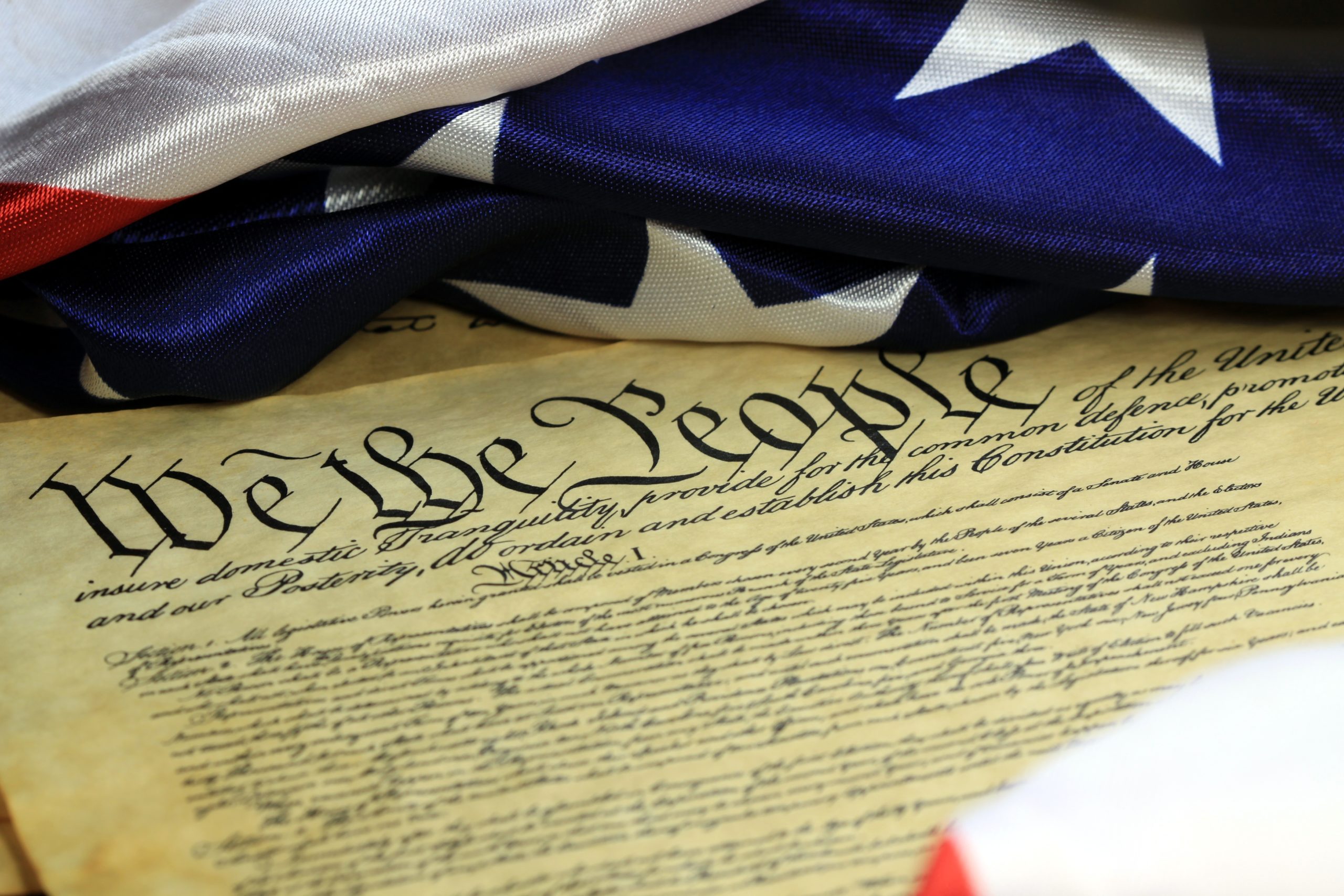Public awareness of excessive use of force by police departments and prisons—generally referred to here as law enforcement—has been increasing in recent years in the wake of more and more deaths at the hands of law enforcement. Unfortunately, due to a lack of consistent policies and national data collection, understanding use of force nationwide remains a challenge. The rules below are general and have many exceptions, almost all of which protect law enforcement from accountability.
There are many cases of excessive use of force by police. The cases you hear about, the cases that make the TV news and the headlines are the ones where the victim suffers serious injury or dies. The average attorney cannot afford to put out the tens of thousands of dollars it takes to defend somebody’s civil rights as a result of police brutality. Crowdfunding allows lawyers to take cases that matter, not because it’s going to end in a large judgment for our clients, but because it moves the system toward justice.

What Is “Use of Force”?
Law enforcement defines “use of force” as the level of effort used by police to subdue a resistant person. However, there is no broad agreement on what constitutes use of force or what actions justify use of force.
Each Law Enforcement Department Defines ItsOwn Rules for Use of Force
Individual departments set the rules for when use of force is appropriate and the level of acceptable use of force. Generally, it is permitted in self-defense or defense of others, but there’s no single, agreed-upon set of rules or regulations. They also develop and deliver their own training on their individual rules.
Each Department Defines Its Own De-Escalation Procedures
Further, each department sets its own standards for how and when to administer de-escalation procedures. Each department determines whether de-escalation or force is the appropriate response.
What Are the Types of Force Used by Law Enforcement?
Generally, law enforcement defines two types of force – reasonable and deadly force. Law enforcement officers regularly use “reasonable” forceat different levels. Deadly force requires a high degree of imminent danger to be present in order to be used.
National Institute of Justice Definitions and Guidelines
The National Institute of Justice provides some guidance on the use of force. They advise that law enforcement should use the minimum amount of force necessary, and they provide a https://nij.ojp.gov/topics/articles/use-force-continuum that outlines when use of force is appropriate and what kind of force is acceptable from verbal warnings to deadly force.
They acknowledge that the acceptable use of force is situational based on many factors including the officer’s level of experience and amount of training, but that use of force should be a last resort used in order to assume control of a situation as quickly as possible in order to protect the community.
What Is “Excessive Use of Force”?
Because there is no universal definition of use of force, “excessive use of force” becomes difficult to classify and track. UseOfForceProject.org conducted a study in 2016 to identify reasons why use of force policies in different police departments fail to mitigate instances of excessive use of force, including, among others:
- Failure to include reasonable restrictions on use of force
- Failure to institute and require de-escalation procedures prior to using force
- Not including limitations on chokeholds, especially when less deadly methods could be used
- Failure to compel officers to intercede when they see other officers using excessive force
- Failure to prohibit firing weapons at moving vehicles, which has been proven ineffective
- Failure to institute a Use-of-Force Continuum that prescribes the amount of force that can be used in a given situation
- Failure to require reporting for each use of force
Why Is There a Lack of Data on Use of Force?
Data on use of force is lacking in the U.S. Until recently, the country had no central entity that collects and reports on use of force nationwide. As of January 1, 2019, the FBI, in conjunction with police organizations, created the National Use-of-Force Data Collection project to better understand use of force across the U.S.
How You Can Help
Excessive use of force causes an untold number of unnecessary deaths and needless injuries to American citizens each year. The Fair Fight Initiative defends the rights of victims of excessive use of force by crowdfunding to support litigation and other advocacy, including public awareness campaigns to educate about these injustices.
Consider donating to the Fair Fight Initiative to help protect victims of police and prison violence and fight for a more equitable criminal justice system.
If you’ve experienced excessive force at the hands of law enforcement, please apply for help from the Fair Fight Initiative. Cases will be reviewed and, if accepted, litigated for little to no cost. Please be aware the Fair Fight Initiative receives many requests for assistance, and responses may take weeks.
